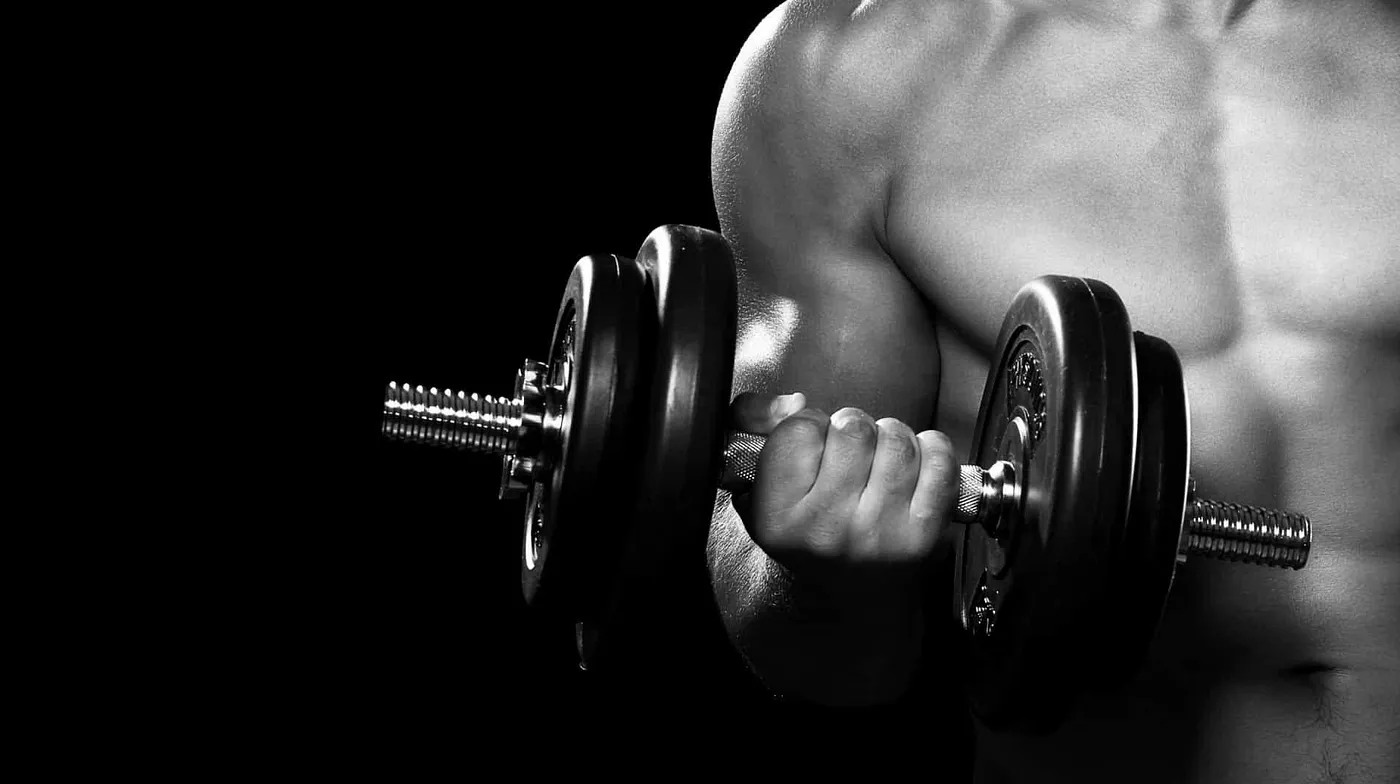Establish Realistic Goals
To begin, take a moment to reflect on what success looks like for you. Is it shedding a certain amount of weight, gaining muscle mass, improving endurance, or simply becoming more active in your daily routine? Once you have a clear vision, break down this larger goal into smaller, more manageable milestones. For example, if your goal is to lose weight, focus on losing 1–2 pounds per week, which is a healthy and sustainable rate of weight loss.
Create a Balanced Diet Plan
Crafting a diet that complements your body-shaping goals is crucial. A well-rounded nutritional plan serves as the fuel for your fitness endeavors, aiding in muscle growth, fat loss, and overall health improvement.
First and foremost, understanding the role of macronutrients — proteins, carbohydrates, and fats — is vital. Proteins are the building blocks of muscle and are essential for repair and recovery after workouts. Incorporate lean sources of protein such as chicken, fish, tofu, and legumes into your meals. Carbohydrates provide the energy required for your daily activities and workouts. Opt for complex carbs found in whole grains, fruits, and vegetables, which offer sustained energy and are packed with vitamins and minerals. Healthy fats, found in avocados, nuts, seeds, and olive oil, support cell growth and hormone production, playing a key role in maintaining your body’s health.
Hydration is another cornerstone of a balanced diet. Drinking adequate amounts of water is crucial for digestion, nutrient absorption, and maintaining energy levels. Aim for at least 8 glasses of water a day, or more if you are engaging in intense workouts or live in a hot climate.
Mr. Health





